MGT501 Contemporary Management: Presentation on Child Labor Impact
VerifiedAdded on 2024/05/21
|8
|592
|135
Presentation
AI Summary
This presentation provides an overview of child labor, particularly in Pakistan, and its implications for social sustainability. It identifies key causes such as overpopulation, unemployment, poverty, and illiteracy, and discusses the negative impacts on children's education, health, and overall development. The presentation also highlights Pakistani laws aimed at combating child labor, including penalties for employers and regulations on working hours. It includes a CRAP test evaluating the currency, reliability, authority, and purpose of the information presented, referencing a case study by Nichols and Maratha from the Harvard Business Review. The presentation concludes by emphasizing the responsibility of addressing child labor and its social consequences, citing various references including ILO reports and academic works on child labor and management.
1 out of 8
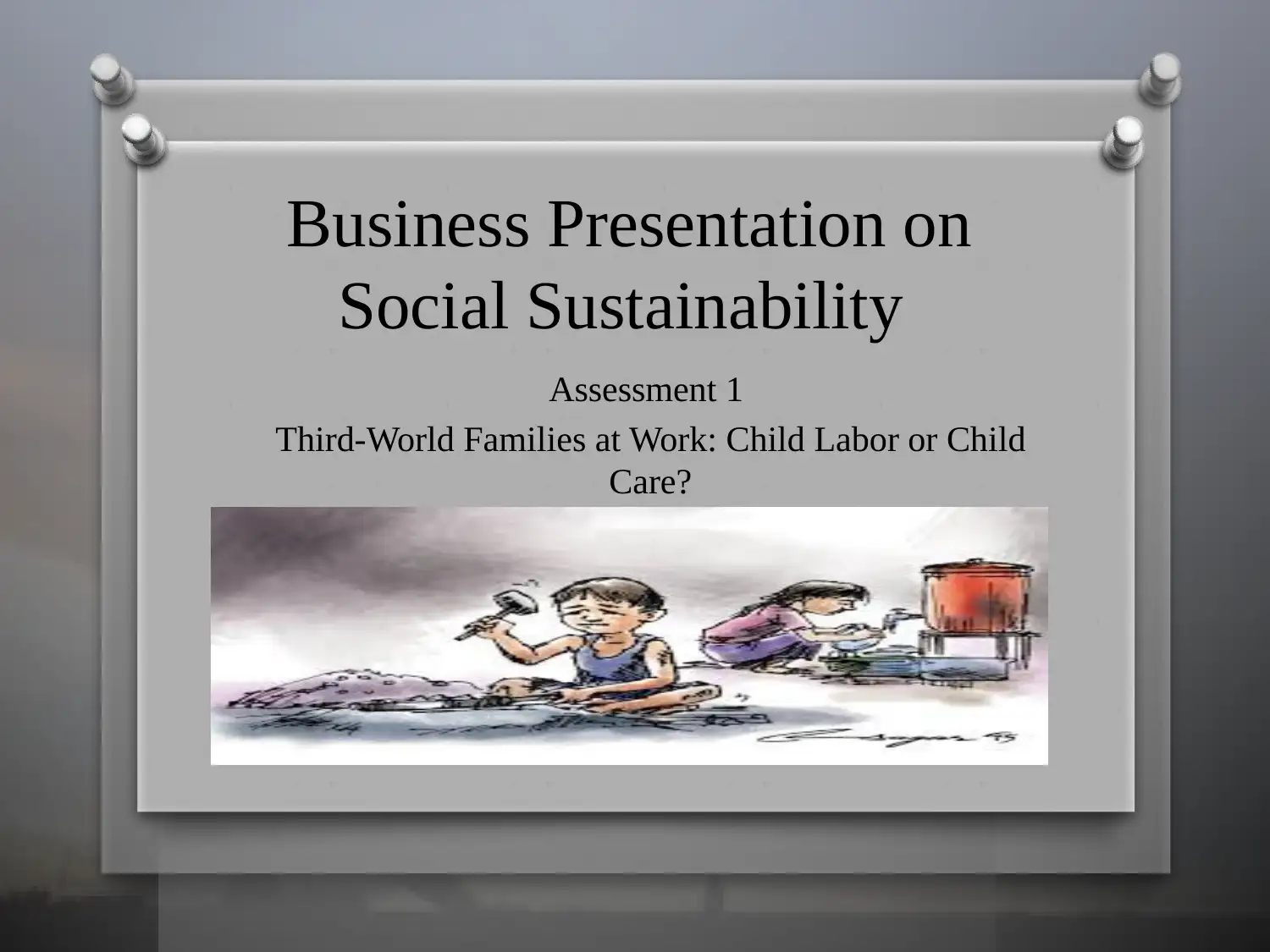
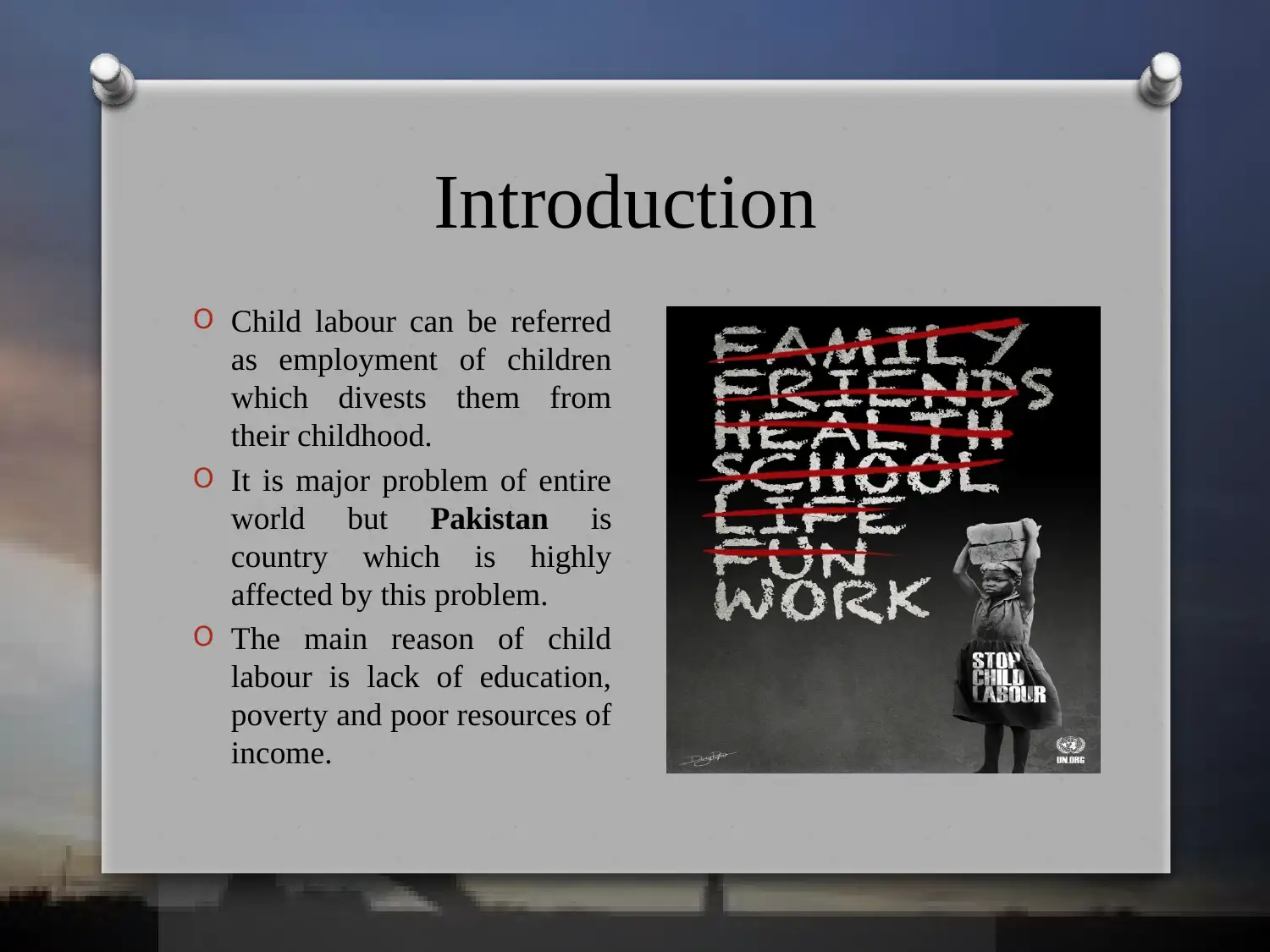
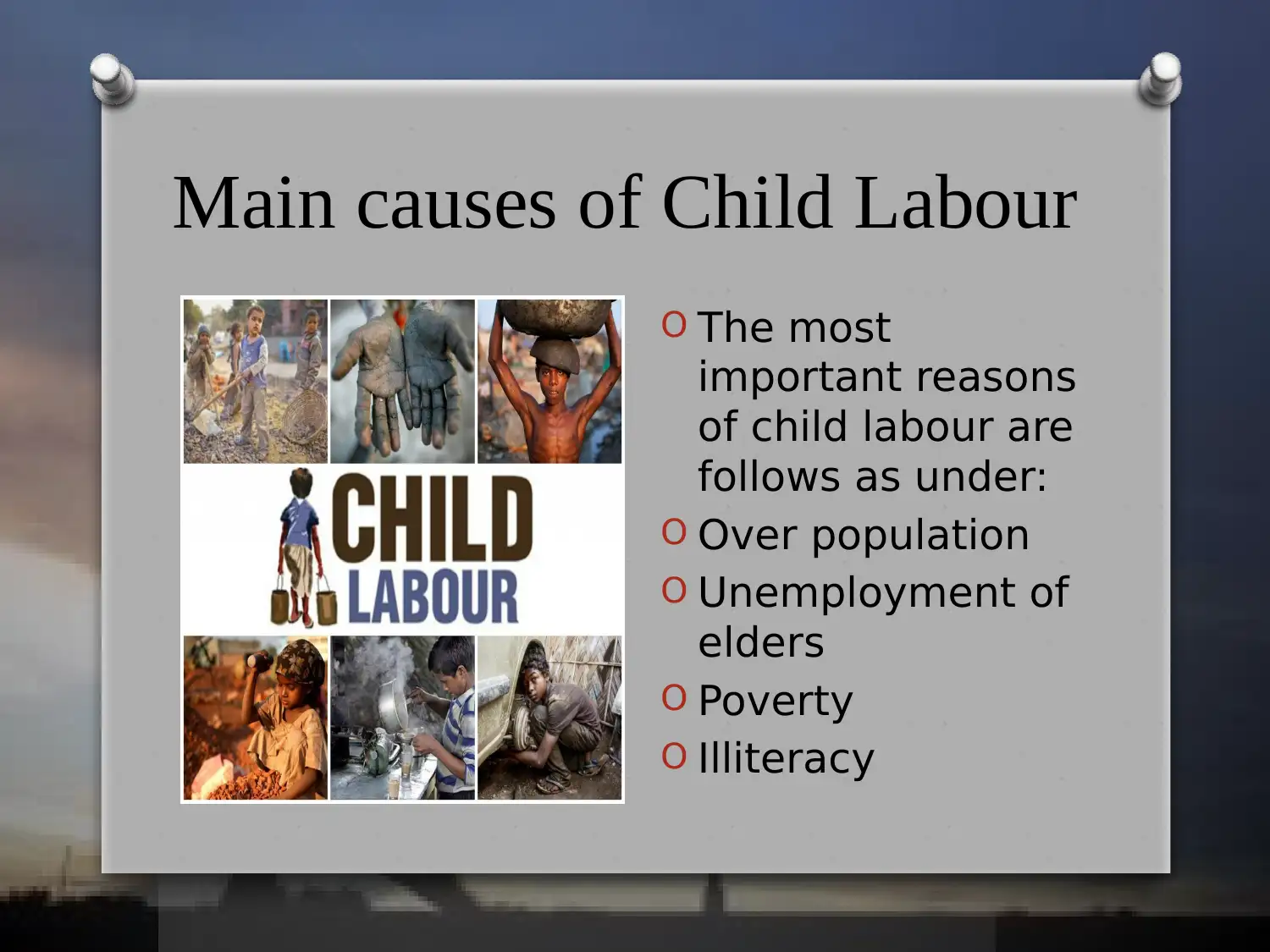

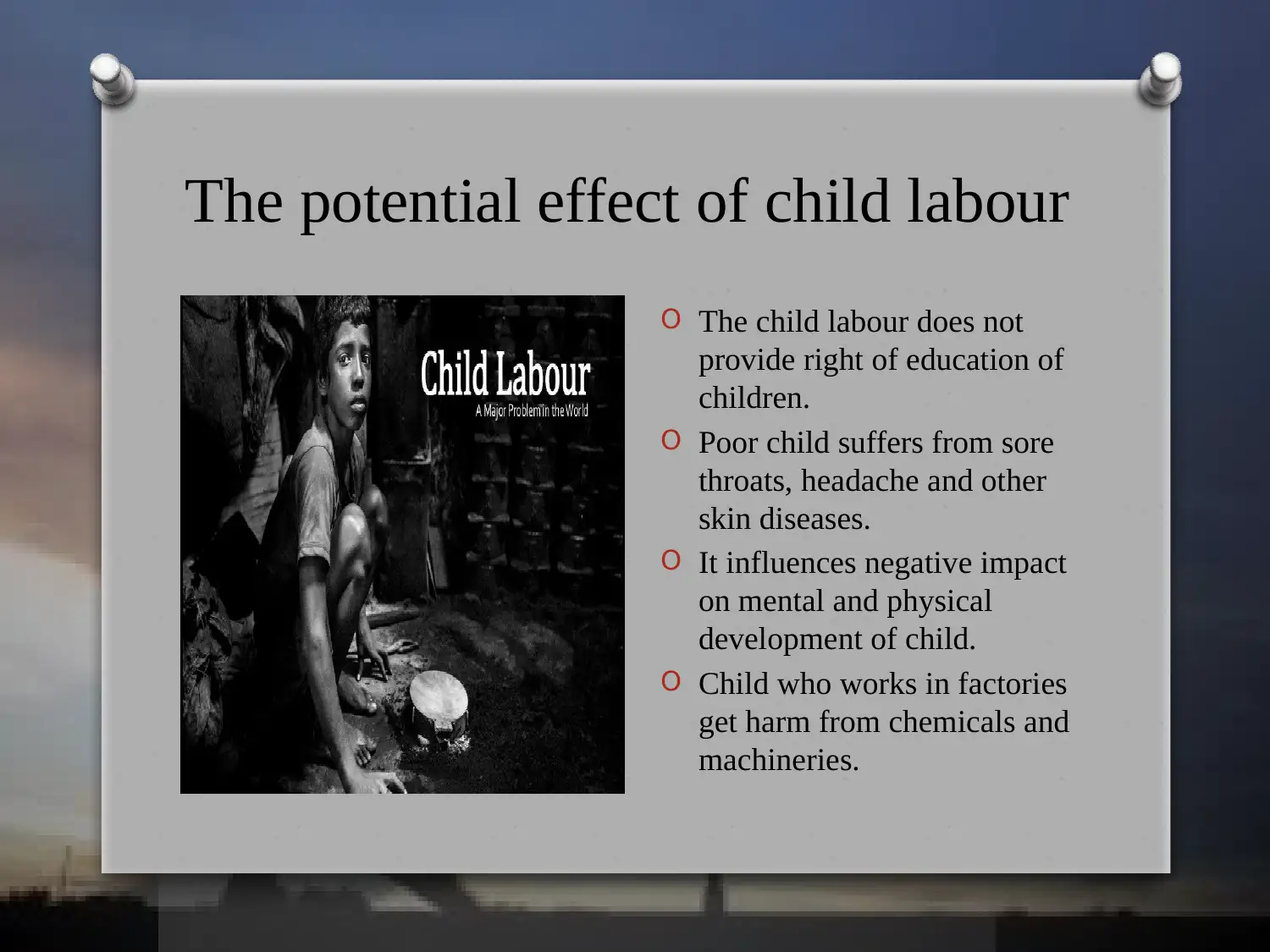
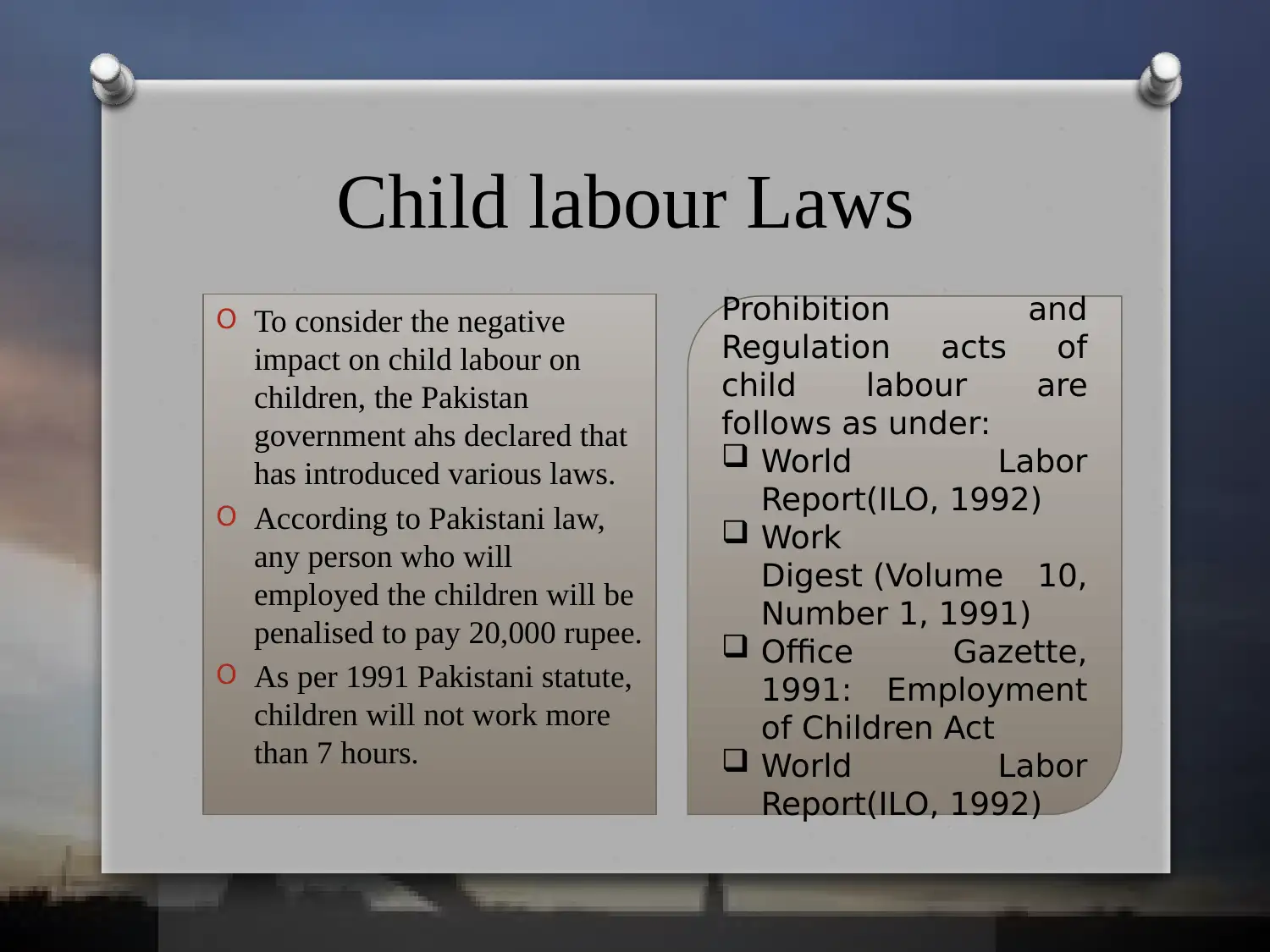
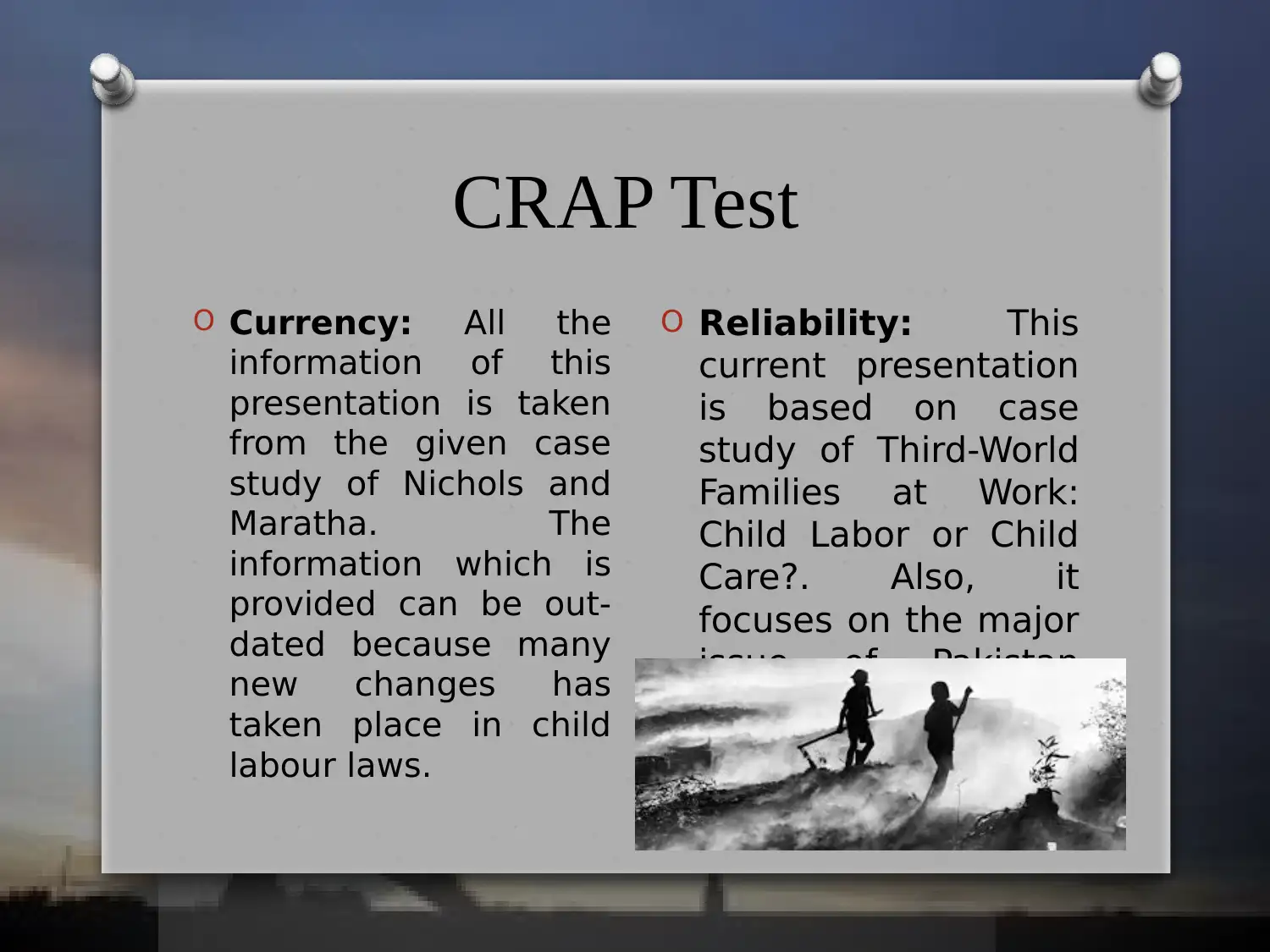
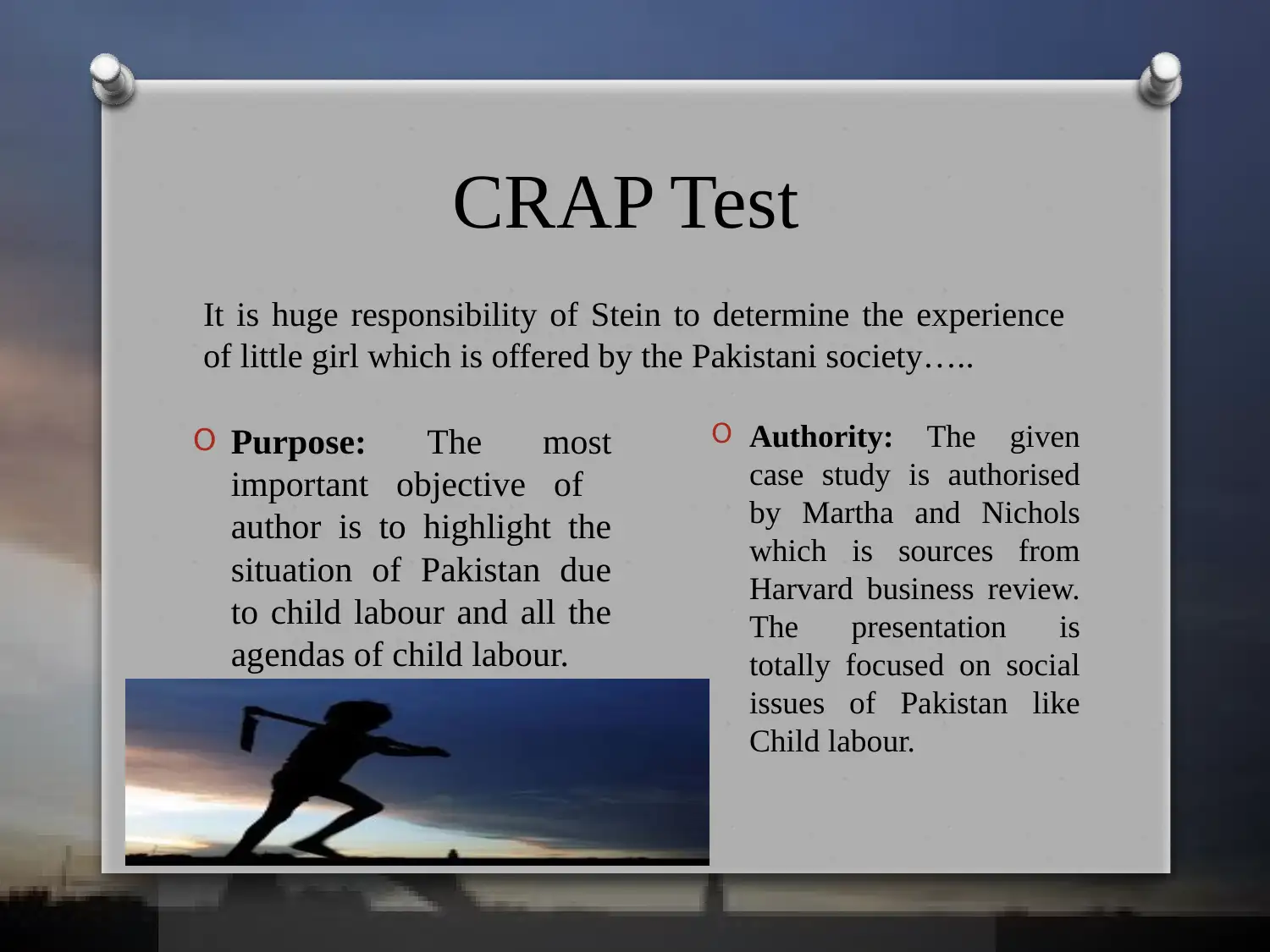
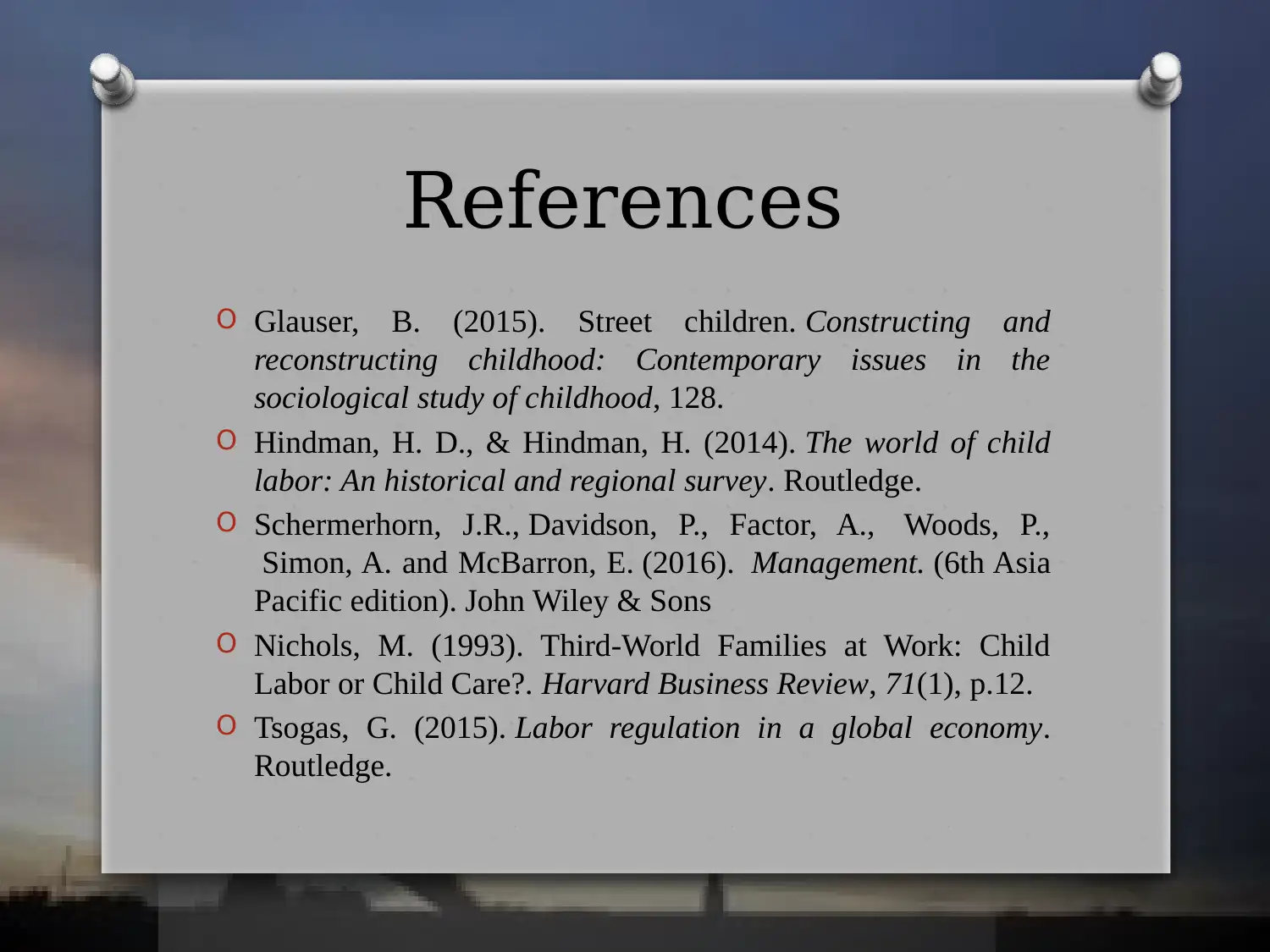






![[object Object]](/_next/static/media/star-bottom.7253800d.svg)